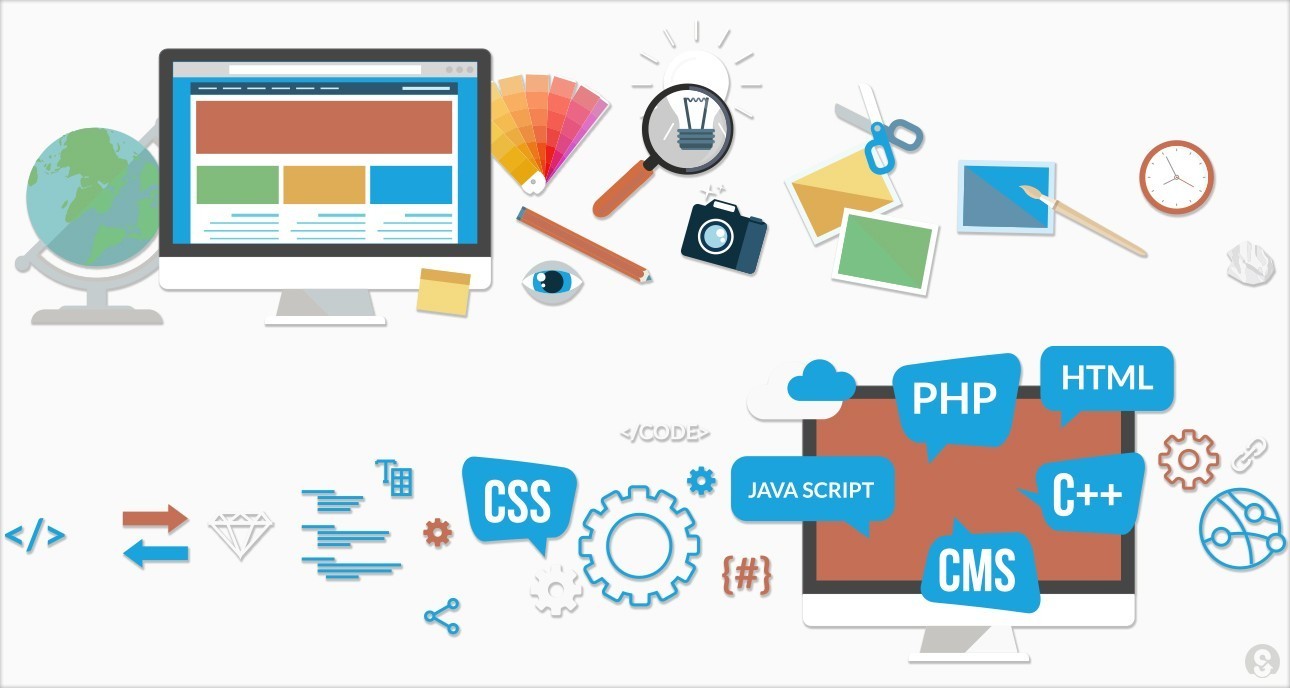Website development is the foundation of today’s digital experience. It refers to the processes involved in building and maintaining websites, from writing markup and coding to network configuration and managing content systems. Whether you’re browsing an online store or reading a blog like this one, you’re interacting with the result of web development.
Understanding Website Development
Website development encompasses the entire lifecycle of a website, including:
- Design and layout
- Coding and programming
- Content creation
- Server configuration
- Ongoing maintenance and updates
It’s a broad field that includes both the visual aspects of a site (known as front-end development) and the behind-the-scenes functionality (back-end development).
Front-End vs. Back-End Development
If you’re considering a career in web development, you’ll often hear the terms front-end and back-end development.
- Front-End Development involves languages like HTML, CSS, and JavaScript. This is what users see and interact with on a website.
- Back-End Development focuses on server-side languages such as Python, PHP, Ruby, and Java. It handles databases, servers, and application logic.
Both areas require different skills and mindsets, but they often work together to bring a website to life.
Why is Web Development Important?
It’s hard to overstate how central the web is to modern life. With over 5.5 billion people using the internet globally, websites have become essential for communication, commerce, education, and entertainment.
Rapid Industry Growth
The demand for skilled web developers is growing fast. According to projections, employment in web development will increase by 8% between now and 2033—faster than most other tech sectors. That makes it a promising and stable career choice in a constantly evolving industry.
Business Needs and Flexibility
Not every business hires a full-time developer. Many small to mid-sized companies rely on content management systems (CMS) like WordPress or Wix to build their sites using templates. These platforms offer fast, cost-effective solutions—but behind every great CMS is a solid understanding of web development principles.
Web Development vs. Web Programming
Though often used interchangeably, web development and web programming are not the same.
- Web Development includes everything: design, layout, coding, and even project management.
- Web Programming is specifically about writing code. It focuses on data handling, processing user input, and creating dynamic site content.
Think of it this way: all web programmers are web developers, but not all web developers are web programmers.
Understanding this distinction helps when choosing a career path or assembling a development team.
Web Development Basics And Key Concepts Explained
Before diving into coding, it’s important to understand how the web works. Here are a few essential terms:
What is a Website?
A website is a collection of files stored on a server, a computer that hosts the site’s content. These servers are connected to the internet. Users access them through browsers like Chrome or Safari.
What is an IP Address?
An IP address is a unique set of numbers that identifies a device on the internet. Just like a street address, it tells the internet where to send data.
What is HTTP?
HTTP (Hypertext Transfer Protocol) is the protocol used to transfer data between a web server and a browser. It enables users to load websites, submit forms, and interact online.
What is Coding?
Coding is the process of writing instructions for computers in programming languages. It forms the backbone of both front-end and back-end development.
What Does Front-End Mean?
The front end is everything the user interacts with—buttons, text, images, and layout. It’s often called the “client side” of a website.
What Does Back-End Mean?
The back end handles the logic behind the scenes. It manages databases, user authentication, and server requests—basically, it makes the website work.
What is a CMS?
A content management system (CMS) allows users to create, manage, and publish content without needing to code. Popular CMS platforms include WordPress, Joomla, and Drupal.
What is Cybersecurity?
Cybersecurity protects websites and servers from cyber threats. It includes data encryption, firewalls, and secure coding practices to keep user information safe.
Final Thoughts
Website development is a dynamic, rewarding field that plays a critical role in the digital world. Whether you’re designing the next popular web app or managing content for a small business, understanding the core principles of web development is essential. As the internet continues to grow, so will the opportunities for those ready to build its future.



